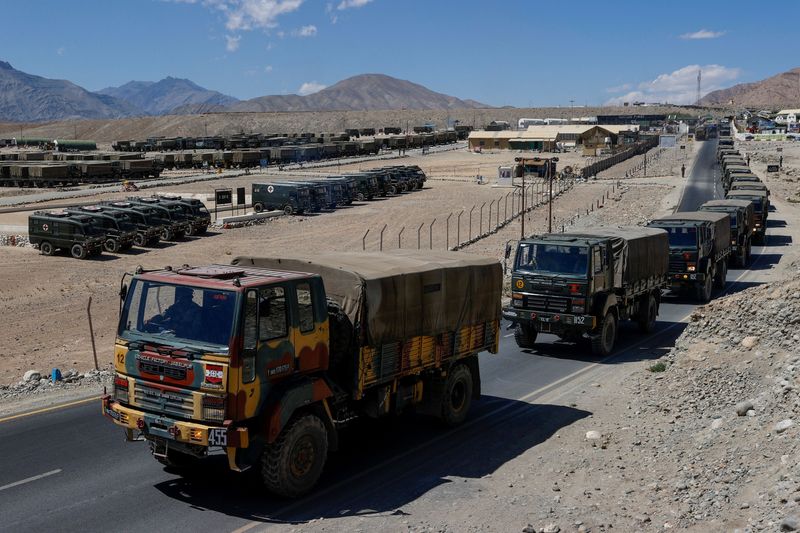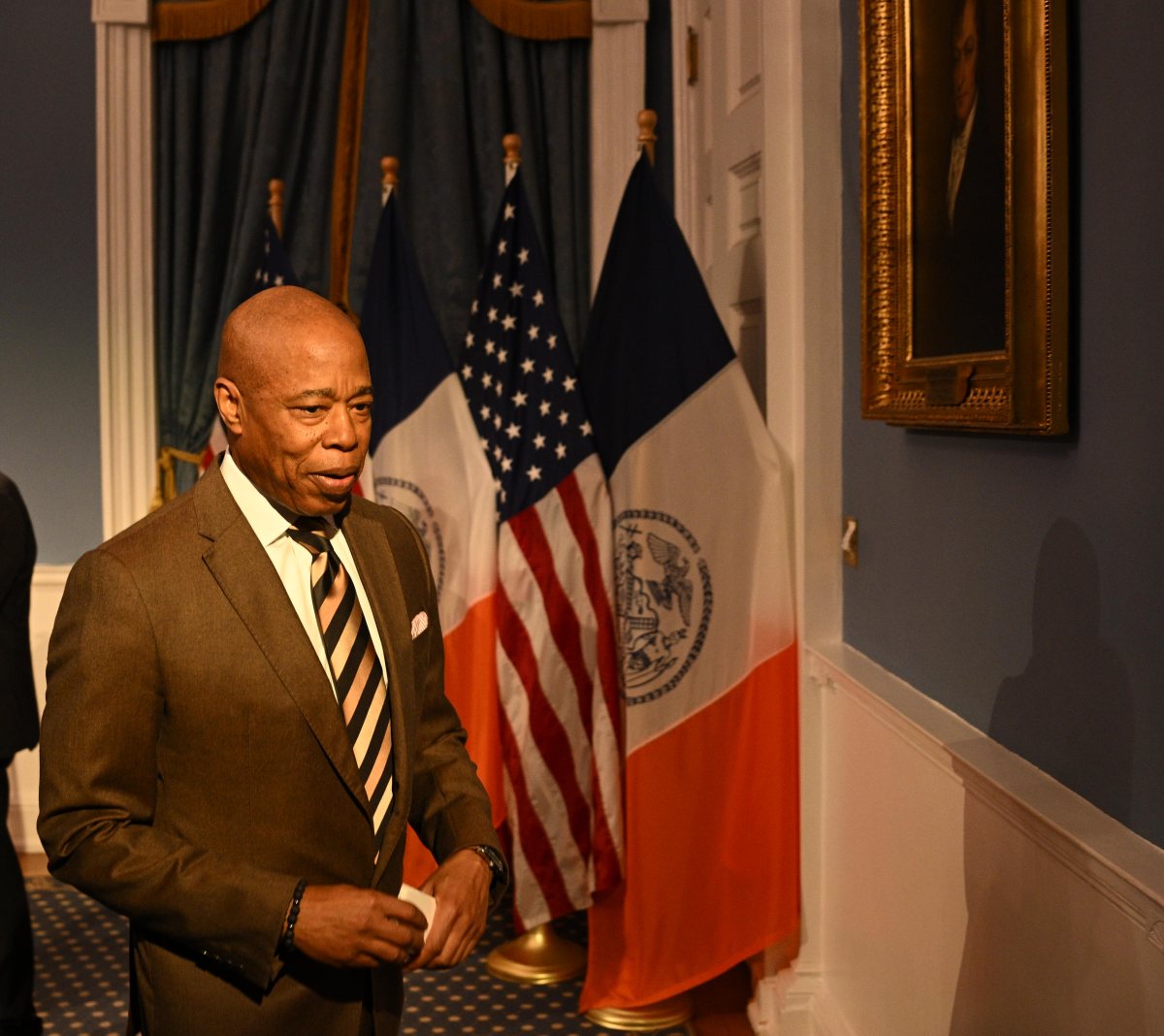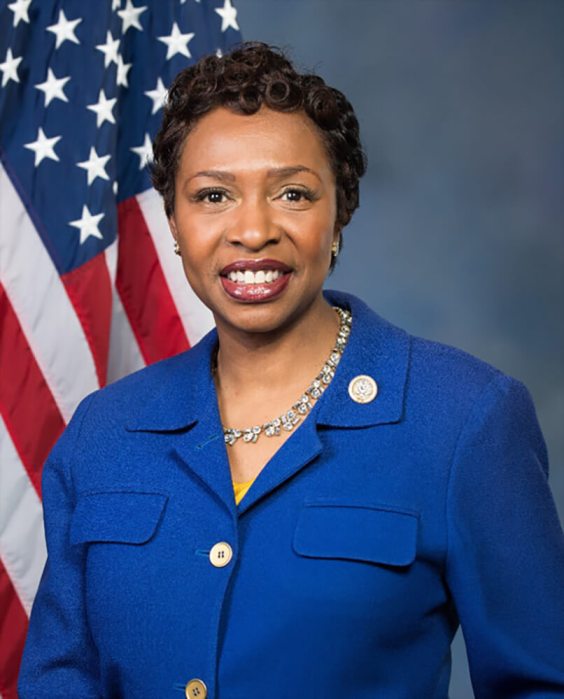NEW DELHI (Reuters) -China’s Foreign Minister Wang Yi held talks with his Indian counterpart Subrahmanyam Jaishankar on Friday, the highest-level visit by a Chinese official to New Delhi since border clashes two years ago strained diplomatic ties between the nuclear-armed Asian giants.
Below is a look at the current state of India-China relations:
TROUBLED BORDER, REGIONAL RIVALRY
Thousands of Indian troops remain deployed along India’s remote border with China in the Himalayan snow deserts of Ladakh, where hand-to-hand fighting broke out in June 2020.
At least 20 Indian and four Chinese soldiers were killed during a clash in Ladakh’s Galwan valley – the first deadly encounter between the nuclear-armed neighbours in decades.
Their undemarcated 3,500-km-long frontier has remained largely peaceful since a border war in 1962, and both countries still claim vast swathes of each other’s territory.
After the Galwan clash, senior officers from both militaries held more than a dozen rounds of talks to de-escalate the standoff in Ladakh but progress has been limited.
Last February, after multiple military parleys, Indian and Chinese troops completed a pullout from a lake area in Ladakh. Days later, Chinese foreign minister Wang Yi and his Indian counterpart S. Jaishankar agreed to setup a hotline.
Beijing has repeatedly said that border standoff does not represent the entirety of China-India relations, while New Delhi has maintained that peace along the frontier is essential for the two countries to work together.
New Delhi has numerous other concerns regarding China’s activities in almost all of India’s neighbours.
Aside from the tensions in the Himalayas, India’s mistrust stems from Beijing’s support of old foe Pakistan, the competition for influence in Nepal, and concern over China’s economic clout in Bangladesh, Myanmar and Sri Lanka.
RUSSIA
Both countries have close relations with Russia, including deep defence and energy ties.
Since Russia’s invasion of Ukraine in late February, India and China have resisted pressure from Western countries to condemn Moscow. Russia calls its actions a “special military operation”.
At the United Nations Security Council, where China is a permanent member and India is currently a non-permanent member, the Asian neighbours have not joined the West’s censuring of Russia.
Still, India and China have expressed deep concern about the war, which has displaced millions of people amid mounting casualties, and have called for diplomacy and dialogue to end the biggest attack on a European state since World War Two.
The two countries have also called for an immediate ceasefire in Ukraine, Jaishankar said after holding talks with Wang in New Delhi.
INVESTMENTS AND APP BANS
China is India’s largest trading partner, with bilateral trade expanding exponentially since the turn of the century to $95.02 billion in 2021/22.
Trade remains heavily tilted in Beijing’s favour. India’s trade deficit with China is the largest it has with any county, and the imbalance has been steadily widening.
More than 100 Chinese companies, including state-owned enterprises, operate in India, including electronics manufacturers that have come to dominate the country’s mobile phone market.
Since 2020, however, New Delhi has tightened the screws on Chinese players in Asia’s third largest economy by increasing scrutiny of investments or imports and banning some mobile apps.
The Indian government had previously held up investments worth billions from Beijing, but last week said that approvals for 66 proposals from neighbouring countries – including China – totalling $1.79 billion had been approved.
Last month, India also blocked access to dozens of Chinese apps over security concerns, increasing the tally of such restricted mobile apps to more than 300.
(Reporting by Devjyot Ghoshal; Editing by Simon Cameron-Moore and Raissa Kasolowsky)
























